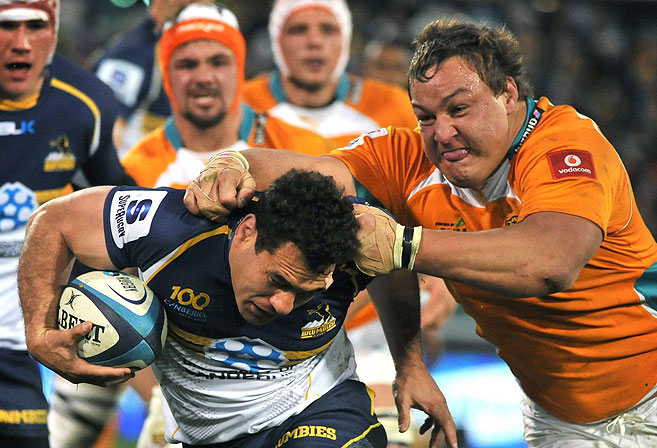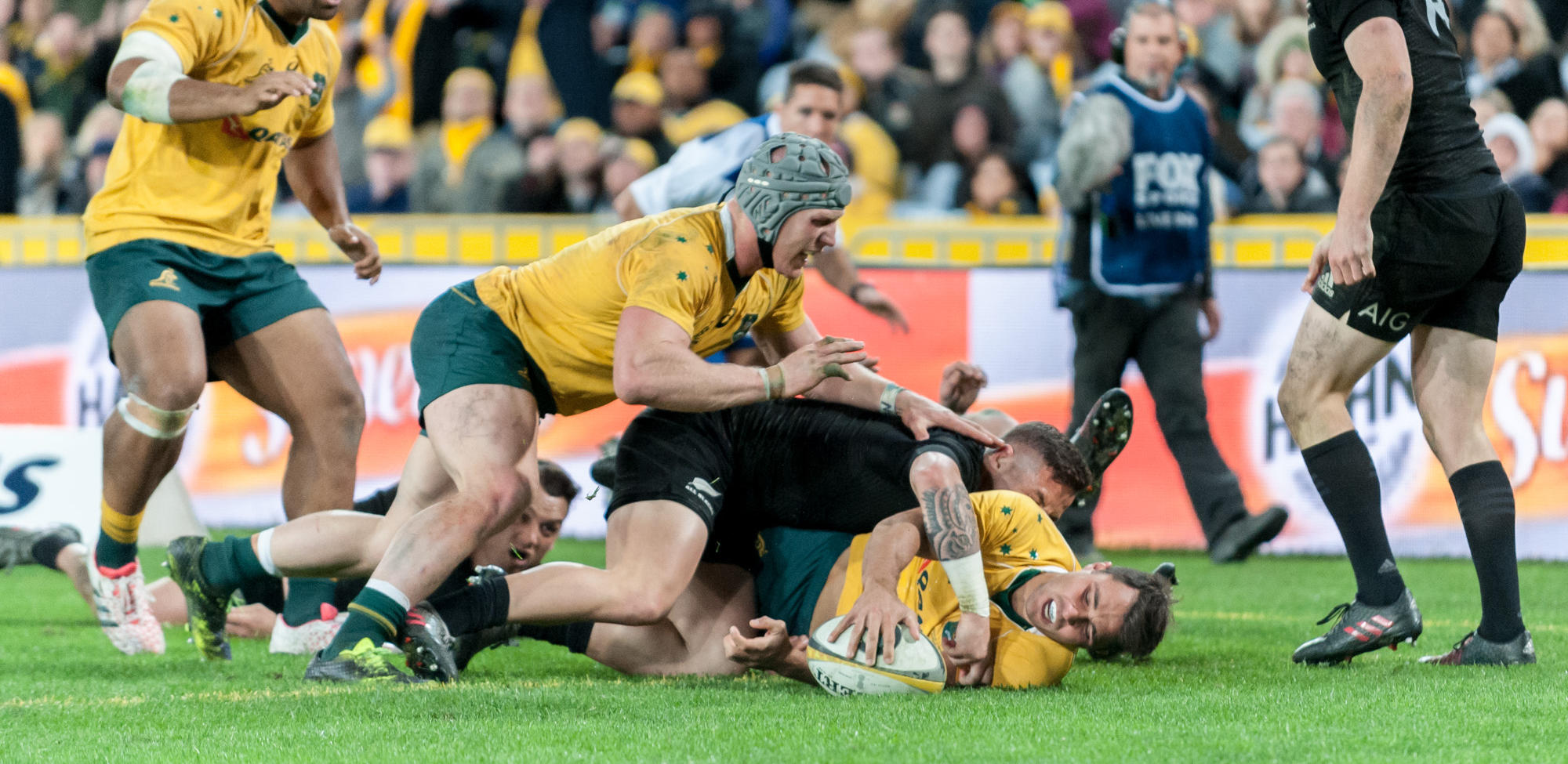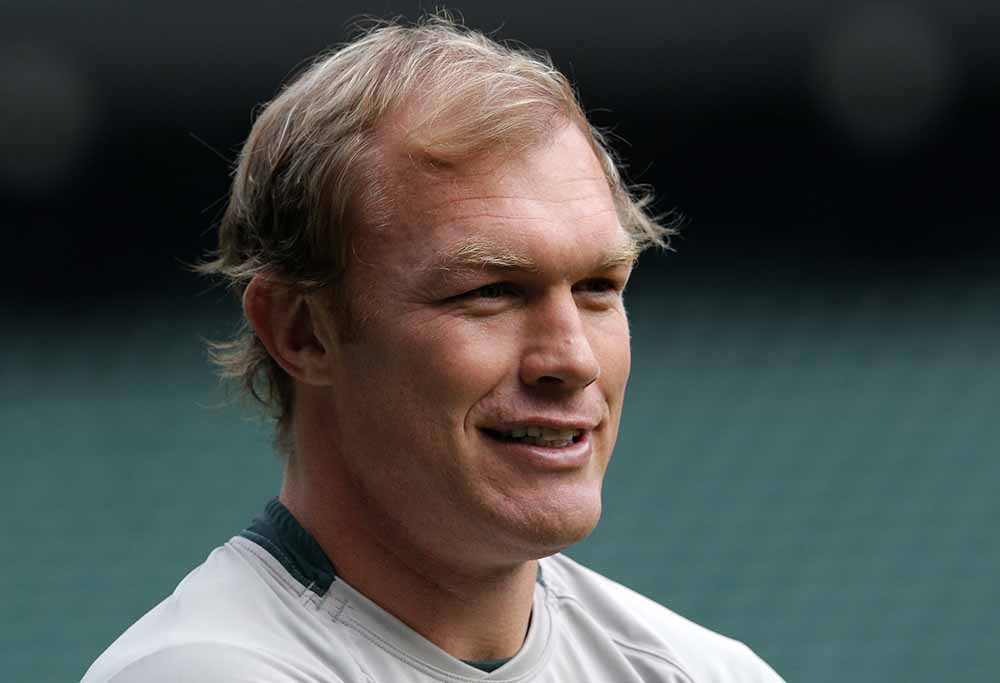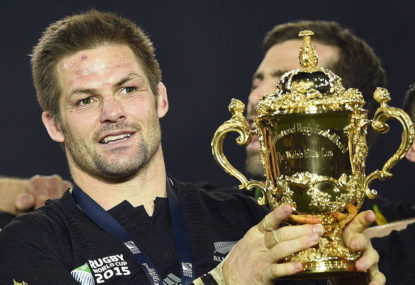
As soon as I saw Matt Cleary’s excellent collection of the greatest no.7s in rugby league history last week, I had a feeling I might be about to pull together the rugby equivalent, taking a cue from the remake of the classic Western.
And so here I am, doing just that.
The Leader: Richie McCaw
It really couldn’t be anyone else, could it.
The most capped player in the game’s history with 148 Tests for New Zealand, and was the All Blacks’ talismanic captain for 110 of them. In all, he won 131 Tests, 97 of them as Captain, with two Rugby World Cups the big ticket item in a career silverware haul that will take some time to be broken.
He only lost Tests to four countries: Australia, England, France, and South Africa, and remained unbeaten against 14 other international teams, including Argentina, Ireland, Wales, and the British and Irish Lions.
The quintessential ‘follow me, boys’ leader, McCaw was never one for great statements or predictions, instead preferring to get his work down at the bottom of the ruck, where he was for the vast majority of his career recognised as the best player in the world. His ability to reinvent his game and adapt to new Law interpretations or variations was probably unparalleled.
If I see a better player – never mind a better Captain – in my lifetime, I will be highly surprised.
The Gambler: George Smith
In terms of natural talent, he may well have shaded McCaw, and given that he’s moving back to Australia for an 18th season of professional season, he certainly has McCaw covered for longevity, but there was always – and probably still is – a risk element to the Smith game.
I don’t know how many times over his career I have found myself yelling, “don’t kick it, George” at my television of the time – and I did it in several stadia, too – and I wouldn’t even begin to know how many times it actually came off for him, but Smith’s ability to mix the insane with the incredible was one of the reasons he remains a firm favourite even to this day.
A fearless competitor at the breakdown, Smith is certainly well versed in the dark arts, and has always possessed the canny knack of pulling out a turnover when there seemingly wasn’t one on offer.

The Sharpshooter: David Pocock
Few opensides in world rugby seem to possess Pocock’s ability to inject himself into an opposition ruck with such surgical accuracy, emerging with the ball among a sea of red faces and picked pockets, and with commentators left to gasp, “how the hell has he done that?”
Perhaps the ultimate modern-day professional rugby player, Pocock has in recent years lost huge chunks of seasons to serious injury, but has always remained steadfastly committed to regaining his breakdown powers.
And until the law interpretations were changed, Pocock found himself as the precision driver of driving mauls, developing a monstrous appetite for the try line while navigating a way through and over opposition bodies.

The General: Francois Pienaar
His actual playing ability has probably been underrated over time, but he’ll forever be remembered as the man who united South Africa through rugby in 1995. Sure, he had a bit of help from that Mandela bloke, but it was Pienaar who made sure his team delivered on the field for a nation crying out for something to cling to.
Perhaps just as importantly, Pienaar led his players in the standoff with the game’s amateur administrators, first taking them to the brink of signing with the rebel World Rugby Corporation, and once Luis Luyt intervened, to ten playing a key role in the formation of SANZAR and the game going professionalism.
Before leading the ‘Boks to World Cup glory, Pienaar had a lot of success with what we know now as the Lions, but who back then went by the provincial Transvaal moniker. Pienaar led Transvaal to a Super 10 title, won a couple of Currie Cups in the early 1990s, and made his Test debut at the same time.
And yes, I’m well aware that Pienaar didn’t actually wear the number 7. But we all know he was an out and out opensider, and he well and truly qualifies for this list.
The Clutch player: Neil Back
My memories of the England team of the early 2000s, and their run to the 2003 Rugby World Cup title aren’t particularly fond. I can still recall vividly just staring at the TV in annoyed silence as Martin Johnson lifted the cup with that really weird grip he had of the lid and the base.
But all that aside, my memory of that England team is that whenever they had the opportunity and the field position, they went to the lineout drive and let Neil Back do his work at the back of the maul. I don’t know how tries Back scored off the back of mauls in a white jersey in those years, but it felt like hundreds. It was probably a few dozen, but it felt like hundreds, because Back was so good at it. Whenever England needed a try, they went to Neil Back. Leicester Tigers did the same thing for nearly two decades.
The mark of Back’s prolificacy in this department, perhaps, is that after his retirement after the 2003 Final the maul disappeared from rugby for a long time.
The Outlaw: Schalk Burger
I don’t mind admitting that when thinking about players to align to the characters of the Magnificent 7, the union of ‘outlaw’ and ‘Burger’ was the first on the page.
And though he’s mellowed like a good red as he approached and passed his 30th birthday, in the early days, Burger was a ticking timebomb. If something grubby happened in a Test against the ‘Boks’ it was either Burger or Bakkies Botha. The really unlucky victims copped both of them.
There were gouging suspensions, high tackles; I’m pretty sure there was a charge of abusing a ref or a touch judge in there… maybe he unloaded on both of them.
But now? Schalk is reformed, and since moving away from the openside (yes, technically he was a magnificent ‘6′ too) to no.8, he’s just settled into monstering blokes, both in defence and with ball in hand. And like the aforementioned red, he’s getting better with age.

The Warrior: Juan Martin Fernandez Lobbe
What a player. What a name. To do him justice you’ve got say it in full: Juan Mart-een Fernandez Lllohh-beh.
Los Pumas’ first skipper in The Rugby Championship, ‘JMFL’ played 71 Tests over twelve seasons, and though he spent a lot of time at No.8, he played more than 40 Tests at openside. He was incredible for Argentina during that magical 2007 Rugby World Cup run, and was huge of them again in 2011, especially in their debut Rugby Championship campaign. What the Puma wouldn’t give for a Fernandez Lobbe right now.
Great player. Great name. Great warrior…
That’s my list. Who’s your Magnificent 7s?
Don’t miss the action-packed new movie The Magnificent Seven, starring Denzel Washington, Chris Pratt and Ethan Hawke, in cinemas on September 29. Follow @SonyPicturesAUS for all the updates on the movie and more.


































































































